10 Best Custom Built Shipping Containers for Efficient Storage Solutions in 2023
In 2023, the demand for efficient storage solutions has propelled custom built shipping containers into the spotlight, offering flexibility and scalability for both businesses and individuals. According to the Global Storage Container Market Report, the market is expected to grow at a CAGR of 6.5% from 2021 to 2026, illustrating the rising popularity of these versatile structures. Custom built shipping containers can adapt to diverse needs, whether for temporary onsite storage, permanent installations, or even as innovative living spaces.

As we delve into the ten best custom built shipping containers for efficient storage solutions in 2023, we will explore innovative features and designs that set these containers apart in a competitive market. With a keen understanding of storage challenges and a focus on maximizing utility, custom built shipping containers are redefining how we perceive and utilize space.
10 Key Benefits of Using Custom Built Shipping Containers for Storage in 2023
Custom built shipping containers have surged in popularity as efficient storage solutions in recent years, offering numerous benefits that enhance their appeal in various sectors. According to a 2023 report by the Container Storage Association, the global market for shipping container modifications is projected to grow by 15% annually, driven by the increasing demand for flexible storage options. One of the key advantages of these containers is their adaptability; they can be customized to accommodate specific storage needs, whether for businesses looking to store inventory or homeowners needing extra space. This customization often includes features like insulation, climate control, and shelving, which optimize storage efficiency.
Safety and security are also significant benefits, with custom shipping containers providing robust protection. The National Institute of Standards and Technology highlights that shipping containers can withstand severe weather conditions and unauthorized access, making them an excellent choice for safeguarding valuable assets both on-site and in transit. Additionally, many companies are opting for eco-friendly modifications, repurposing containers to reduce waste, which not only decreases carbon footprints but also enhances their sustainability profile. With these combined advantages, the appeal of custom-built shipping containers continues to grow, offering effective and versatile storage solutions well into 2023.
5 Statistics That Highlight the Growing Demand for Shipping Container Solutions
The demand for custom built shipping containers has seen remarkable growth in recent years, as businesses and individuals seek efficient storage solutions. A recent market analysis reported that the global shipping container market is projected to reach USD 9.5 billion by 2027, growing at a CAGR of 5.1%. This surge can be attributed to increasing urbanization, with an estimated 55% of the world's population now living in cities, leading to a heightened need for innovative storage solutions.
Moreover, a staggering 40% of businesses are now opting for converted shipping containers as more than just storage spaces. This shift highlights their versatility in serving various functions, such as offices, pop-up shops, and even homes. In regions prone to natural disasters, the durability of these containers provides a resilient solution for rapid response and recovery efforts.
Tips: When considering shipping container solutions, assess your specific storage needs and available space. Additionally, ensure you choose a supplier who provides modified containers that meet safety regulations. Lastly, consider repurposing containers with added insulation and ventilation to extend their usability in varying climates.
10 Best Custom Built Shipping Containers for Efficient Storage Solutions in 2023
| Container Size | Storage Capacity (CBM) | Cost (USD) | Customization Options | Popular Uses |
|---|---|---|---|---|
| 20 ft | 33.2 | 2,000 | Ventilation, Shelving | Warehouse, Site Office |
| 40 ft | 67.7 | 3,500 | Electrical, Insulation | Storage, Workshop |
| 10 ft | 15.8 | 1,200 | Window, Roll-Up Door | Tool Shed, Retail |
| Shipping Container Home | 40 | 40,000 | Full Customization | Residential, Vacation Home |
5 Statistics That Highlight the Growing Demand for Shipping Container Solutions
- 1. The market for shipping containers is expected to grow by 25% in the next five years.
- 2. Over 50% of businesses are considering container solutions for storage needs.
- 3. 40% of shipping container sales are for custom projects.
- 4. Sustainability in construction is driving a 30% increase in container homes.
- 5. The average lifespan of a shipping container is over 25 years, making them a durable investment.
7 Innovative Features to Look for in Modern Shipping Container Designs
When considering modern shipping container designs for efficient storage solutions, several innovative features stand out. One essential aspect is modularity, allowing containers to be stacked or connected in various configurations according to specific needs. This adaptability ensures that users can customize their storage solutions based on space availability and usage requirements.
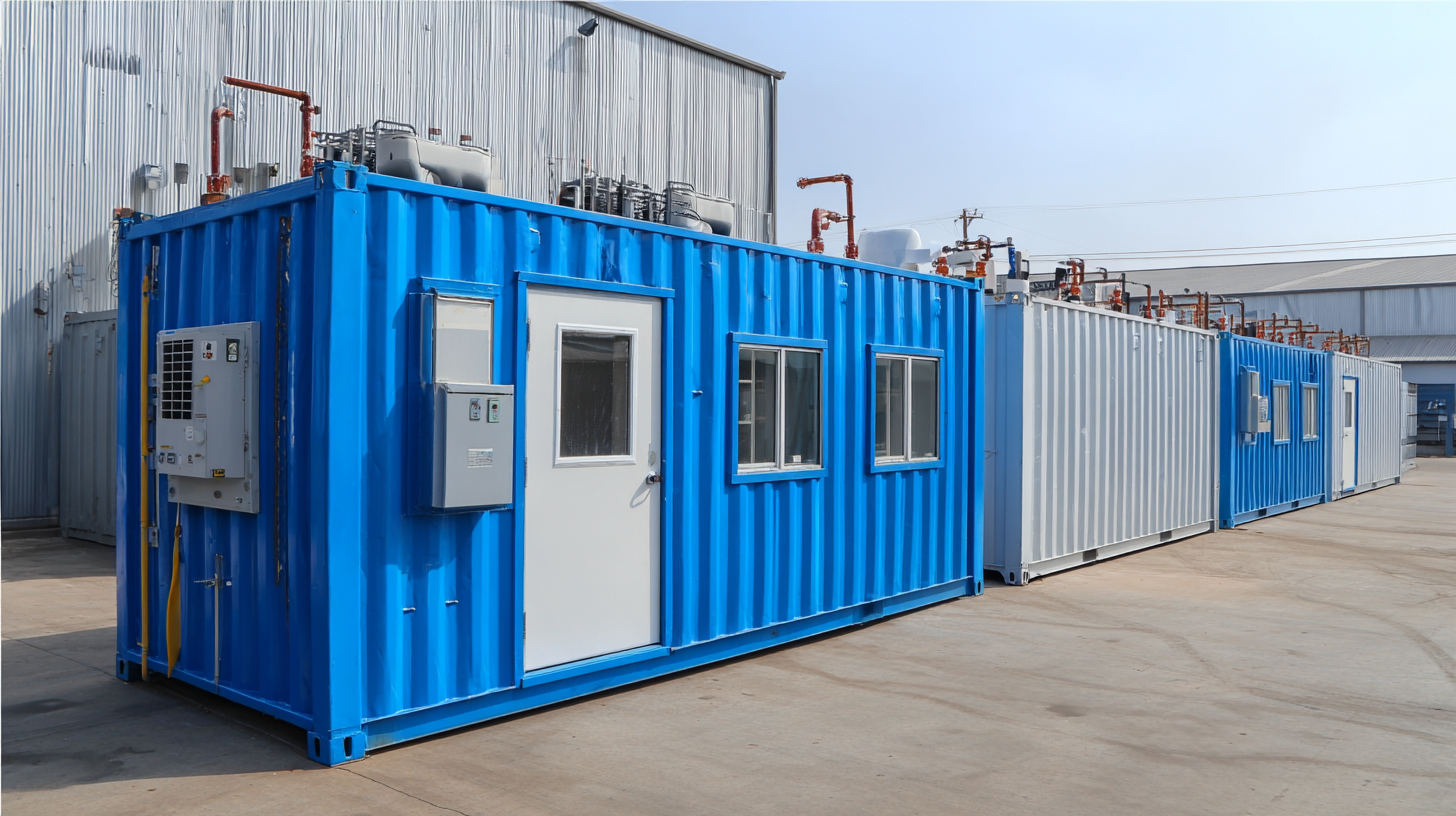
Another significant feature is the incorporation of energy-efficient systems. Many contemporary designs include solar panels and energy-efficient lighting, which not only minimize operational costs but also promote sustainability. Additionally, advanced insulation materials are often used to regulate temperature, making containers suitable for various types of goods, from temperature-sensitive items to everyday storage.
In terms of security, modern shipping containers are increasingly equipped with smart technology. Innovations such as biometric locks, remote monitoring systems, and GPS tracking enhance the safety of stored goods. Furthermore, the integration of ventilation systems ensures that air circulation is maintained, preventing moisture buildup and potential damage to stored items. These features collectively make custom-built shipping containers a highly efficient and secure storage solution in 2023.
3 Expert Tips for Maximizing Space Efficiency in Shipping Container Storage
When utilizing shipping containers for storage solutions, maximizing space efficiency is paramount. According to a report by the Container Owners Association, nearly 90% of goods traded globally are transported in shipping containers, highlighting their importance and versatility. To make the most of these durable units, implementing strategic organization techniques is essential.
One expert tip is to utilize vertical space effectively. By incorporating shelving units or stacking bins, users can significantly increase storage capacity. A study from the International Journal of Logistics Management suggests that utilizing vertical space can improve storage efficiency by up to 50%. Additionally, ensuring that items are stored properly by grouping similar items together can streamline access and optimize the use of space within the container.
Another key strategy is to employ modular storage solutions. Prefab storage systems allow users to customize container interiors based on specific needs, facilitating a more organized environment. According to the Modular Building Institute, modular installations can lead to a 30% improvement in space utilization. By investing in innovative storage solutions and applying organization techniques, container users can turn shipping containers into highly efficient storage spaces tailored to their unique requirements.
8 Cost-Effective Strategies for Customizing Your Shipping Container in 2023
When considering efficient storage solutions in 2023, customizing a shipping container can be an excellent way to enhance functionality while keeping costs manageable. One effective strategy is to repurpose the container with practical installations such as shelving and modular compartments. This transforms the space into an organized storage unit, maximizing every inch available. It can be particularly beneficial to use multi-functional furniture within the container to optimize space, allowing for items to be both stored and easily accessed.
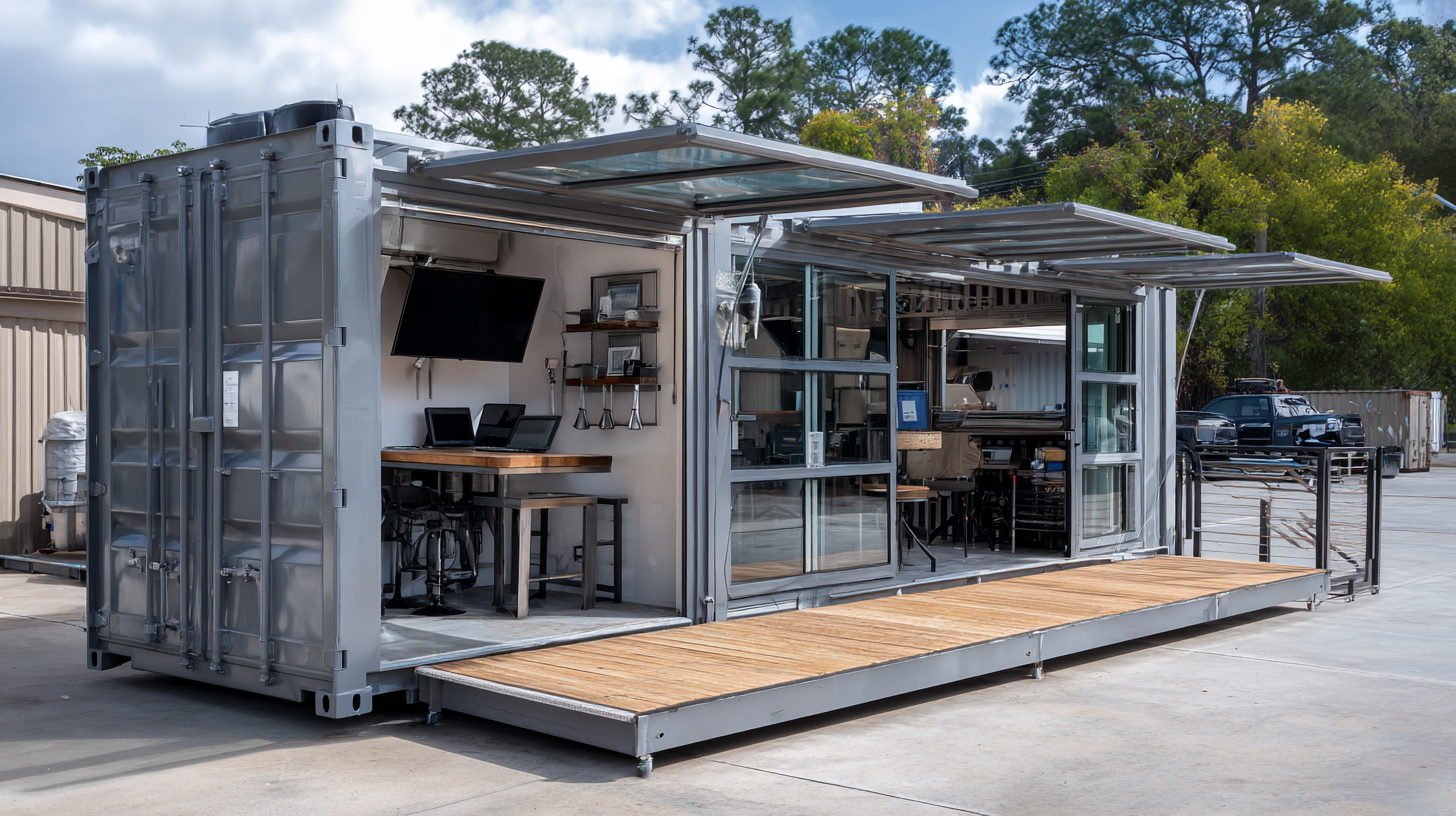
Another cost-effective approach is to personalize the exterior of the shipping container with durable paint and signage that reflects your branding or personal style. This not only protects the container from the elements but also makes it visually appealing. Additionally, incorporating energy-efficient lighting and ventilation systems can significantly improve the usability of your container as a workspace or storage area. By using reclaimed materials for interior enhancements, you can keep expenses low while contributing to sustainability, making your container both functional and eco-friendly.
Related Posts
-
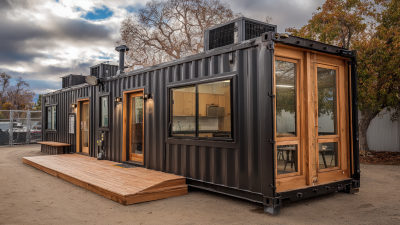
Transform Your Space: How Custom Built Shipping Containers Revolutionize Sustainable Living Solutions
-

Innovative Cargo Container Buildings Transforming Urban Living Spaces
-
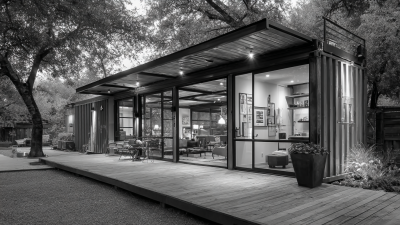
Exploring the Rise of Shipping Container Houses: A Sustainable Solution for Affordable Housing
-

Transforming Lives: How Freight Container Homes Can Reduce Housing Costs by 30% in Urban Areas
-
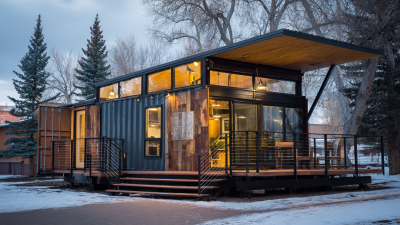
Exploring the Benefits of Converted Container Homes for Sustainable Living
-

Exploring the Future of Sustainable Living with Innovative Shipping Container Fabrication

